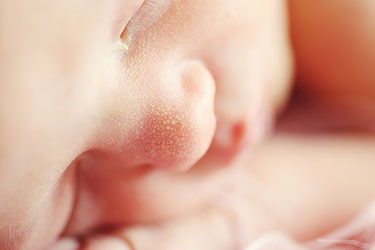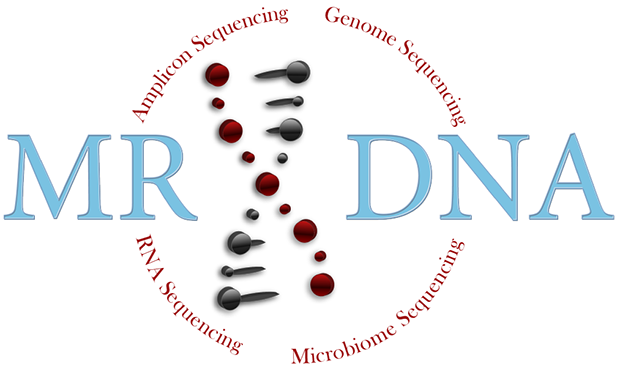C‑section and infant gut health
Birth mode can influence early gut microbiome development. Large sequencing studies reveal distinct microbial patterns between vaginal and cesarean delivery.

What researchers observed
Longitudinal whole‑genome sequencing studies of infants show that cesarean delivery is associated with delayed colonization by maternal gut microbes. Early communities are often enriched for hospital‑associated taxa.
Over time, microbial diversity tends to converge, but early differences may influence immune development and infection susceptibility.
Why sequencing matters
- Tracks early microbial colonization patterns
- Supports longitudinal cohort studies
- Enables strain‑level resolution with WGS
Planning a microbiome study?
MR DNA supports infant, maternal, and clinical microbiome research.
